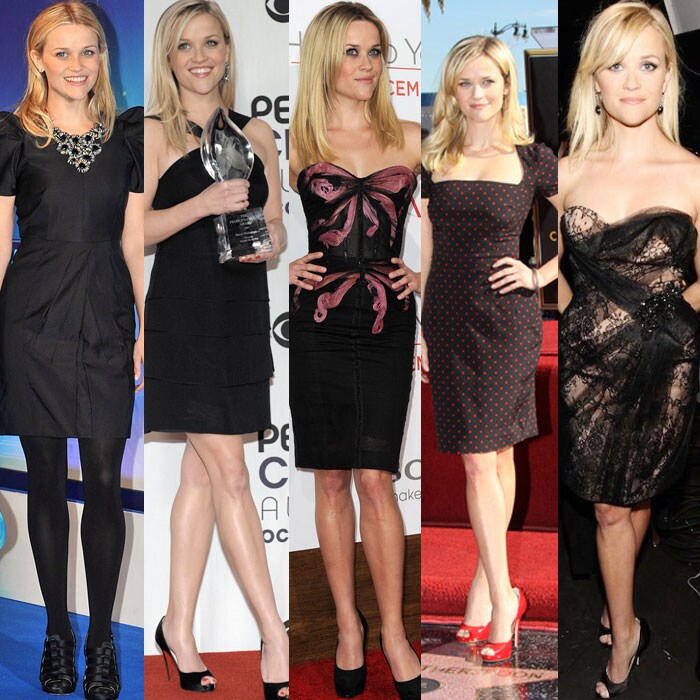BEAUTY: IN THAT LITTLE BLACK DRESS
A little black dress is an evening or cocktail dress, cut simply and often quite short. Fashion historians ascribe the origins of the little black dress to the 1920s designs of Coco Chanel, intended to be long-lasting, versatile, affordable, accessible to the widest market possible and in a neutral color. Its ubiquity is such that it is often simply referred to as the "LBD."
The "little black dress" is considered essential to a complete wardrobe by many women and fashion observers, who believe it a "rule of fashion" that every woman should own a simple, elegant black dress that can be dressed up or down depending on the occasion: for example, worn with a jacket and pumps for daytime business wear or with more ornate jewelry and accessories for evening. Because it is meant to be a staple of the wardrobe for a number of years, the style of the little black dress ideally should be as simple as possible: a short black dress that is too clearly part of a trend would not qualify because it would soon appear dated.
.
A little black dress is an evening or cocktail dress, cut simply and often quite short. Fashion historians ascribe the origins of the little black dress to the 1920s designs of Coco Chanel, intended to be long-lasting, versatile, affordable, accessible to the widest market possible and in a neutral color. Its ubiquity is such that it is often simply referred to as the "LBD."
The "little black dress" is considered essential to a complete wardrobe by many women and fashion observers, who believe it a "rule of fashion" that every woman should own a simple, elegant black dress that can be dressed up or down depending on the occasion: for example, worn with a jacket and pumps for daytime business wear or with more ornate jewelry and accessories for evening. Because it is meant to be a staple of the wardrobe for a number of years, the style of the little black dress ideally should be as simple as possible: a short black dress that is too clearly part of a trend would not qualify because it would soon appear dated.
.


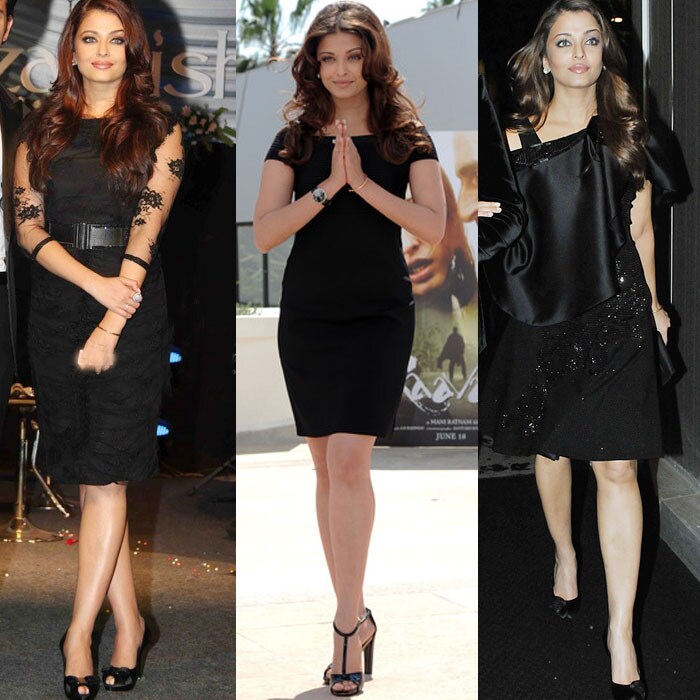
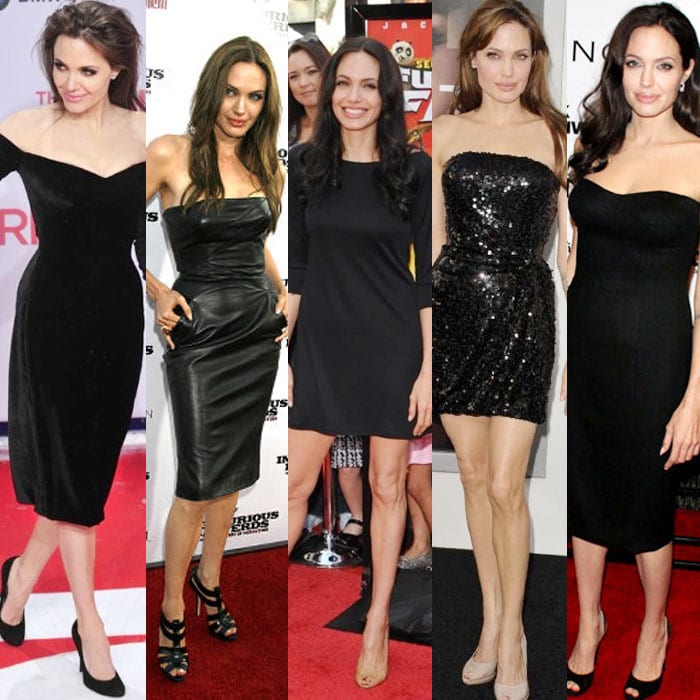


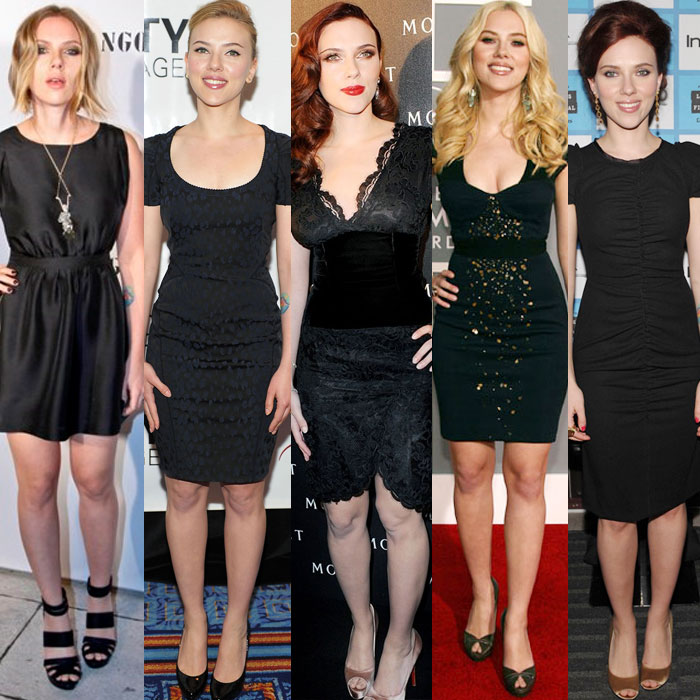


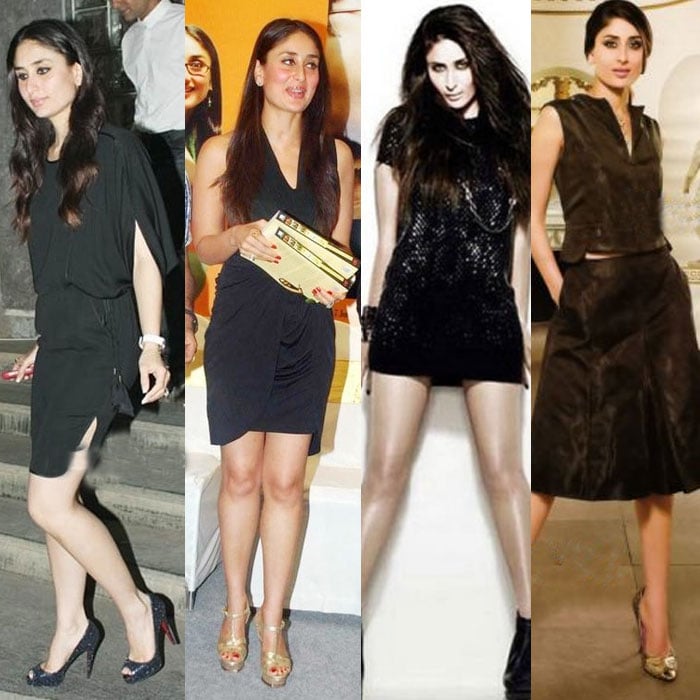










 Every woman knows that a perfect little black dress is worth its weight in gold. Very few items can take us across the thresholds of day and night, New Year’s Eve parties, or cocktails with friends. Kim Kardashian knows the power of the LBD. Everytime she wears one, like when she wore this one to the Wendy Williams show, all eyes are upon her.
Every woman knows that a perfect little black dress is worth its weight in gold. Very few items can take us across the thresholds of day and night, New Year’s Eve parties, or cocktails with friends. Kim Kardashian knows the power of the LBD. Everytime she wears one, like when she wore this one to the Wendy Williams show, all eyes are upon her.

